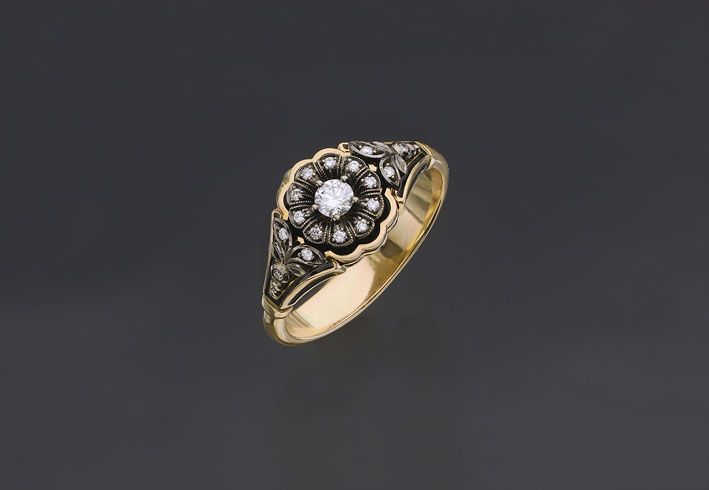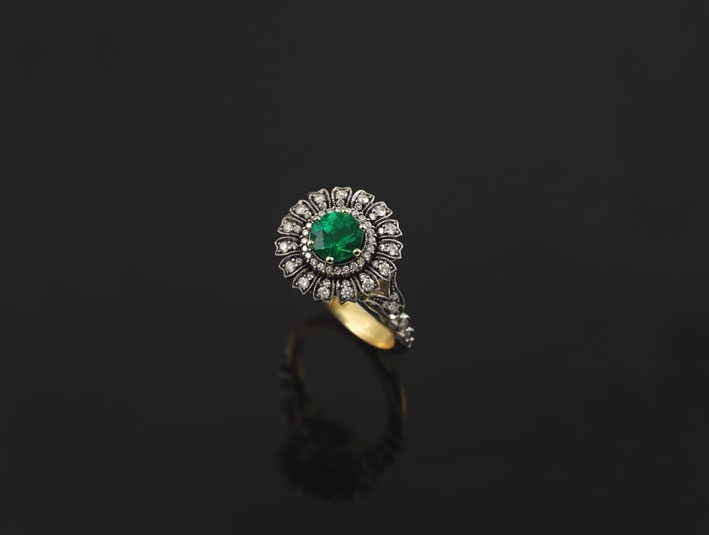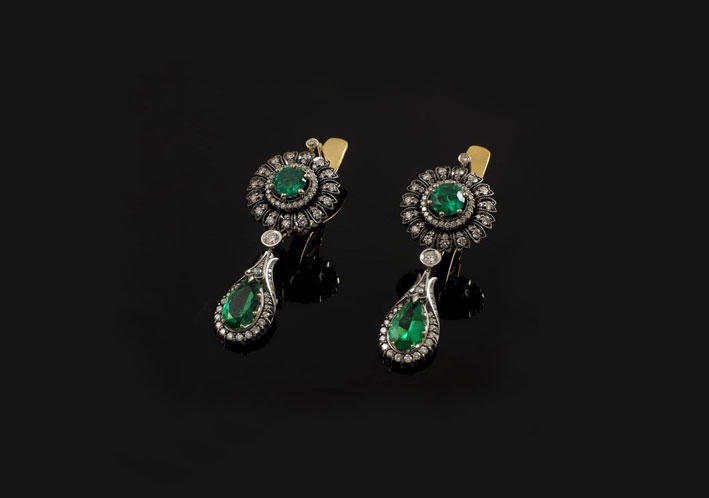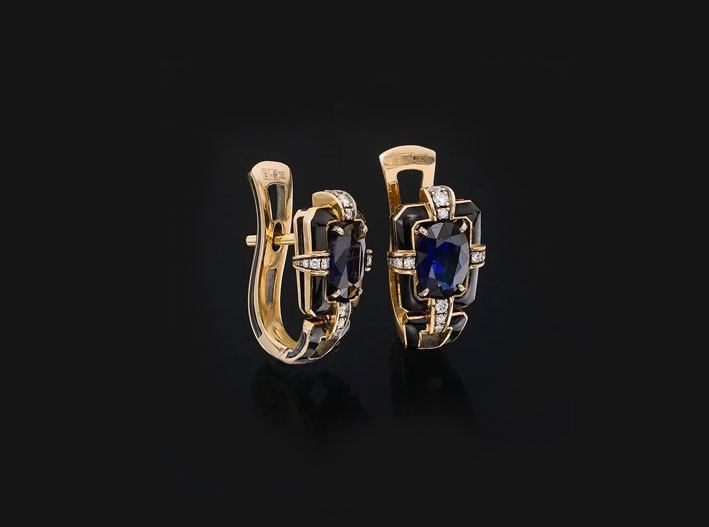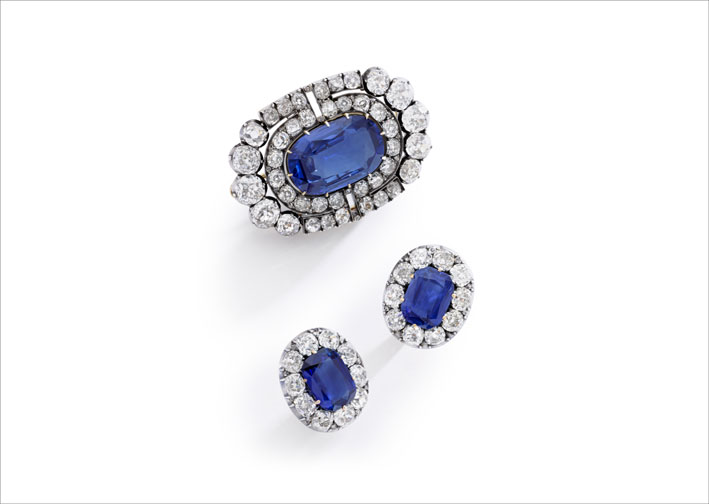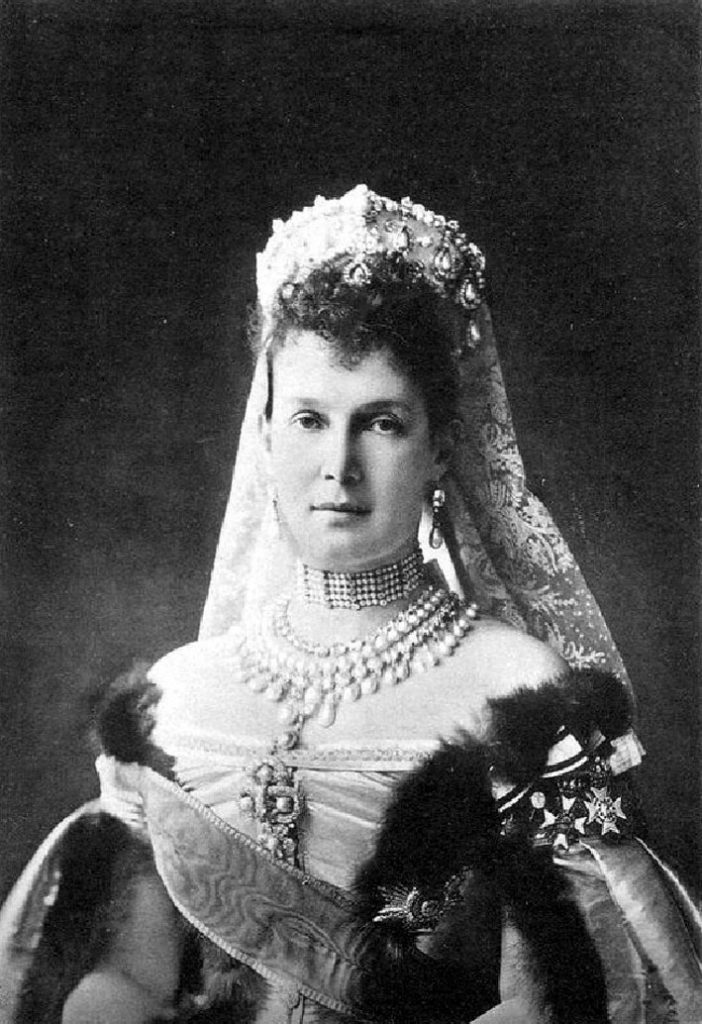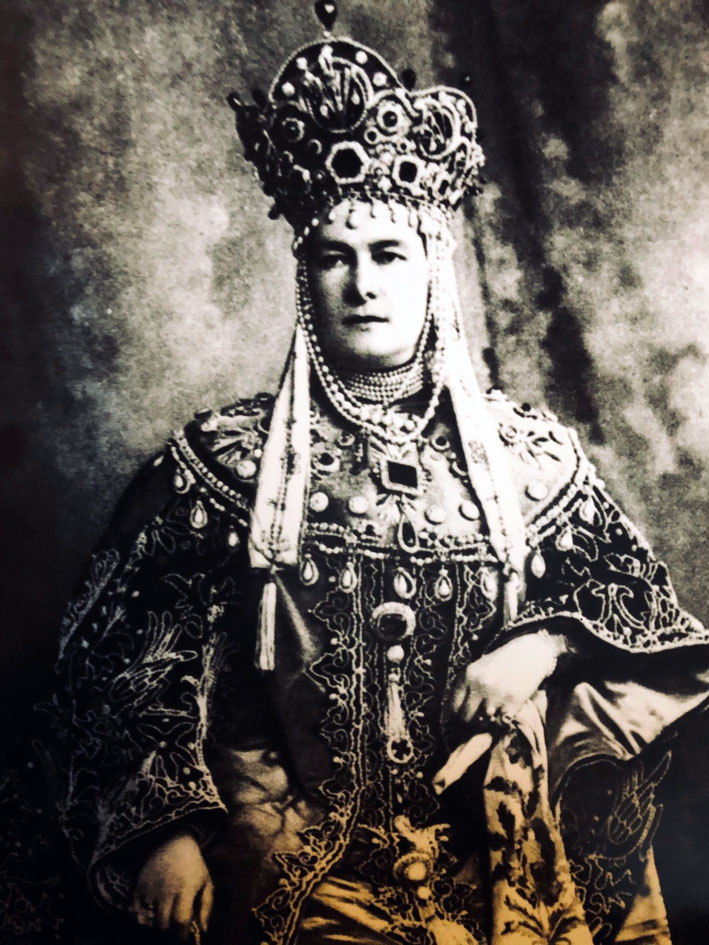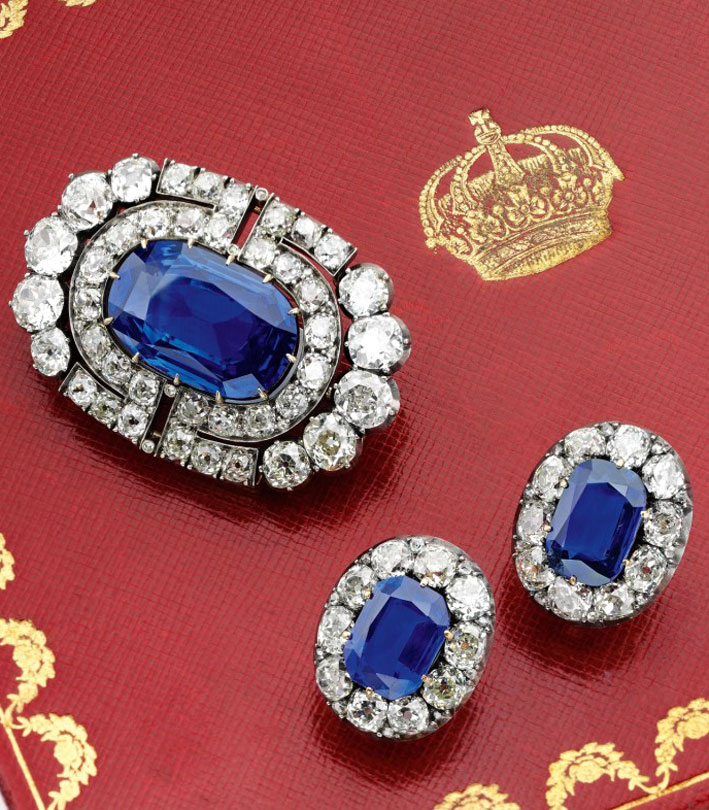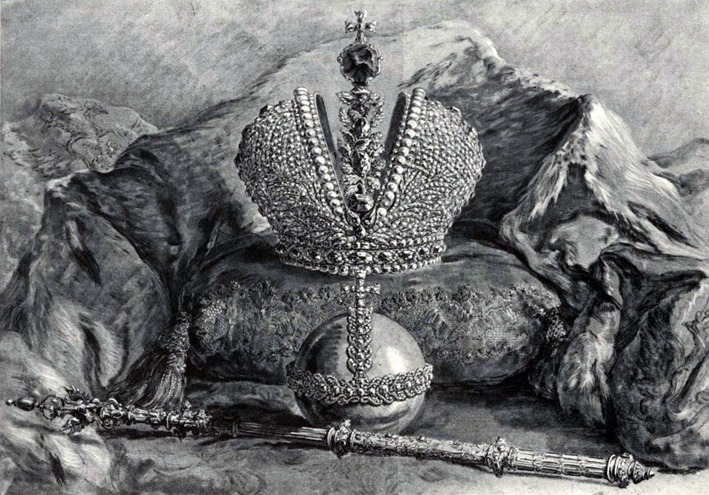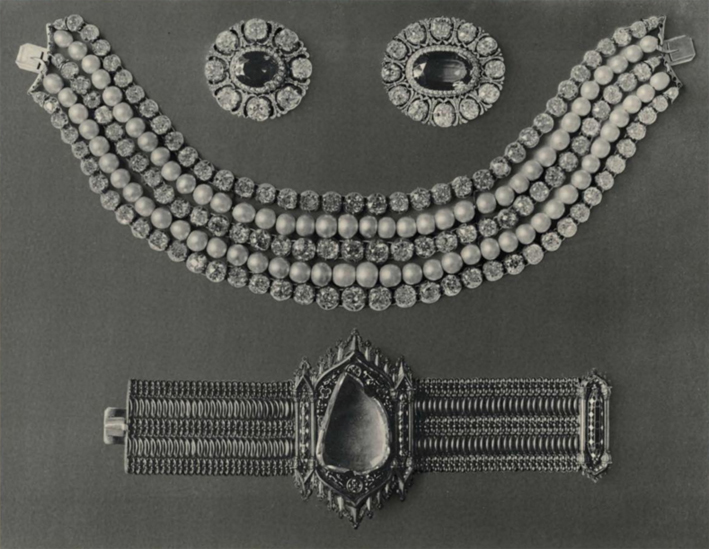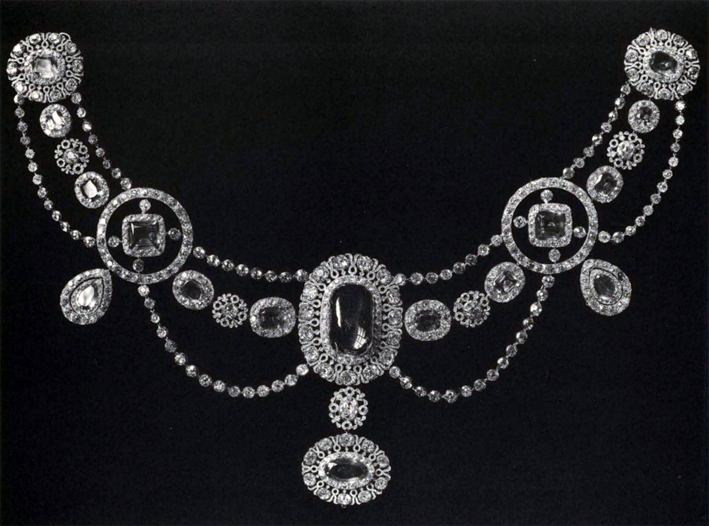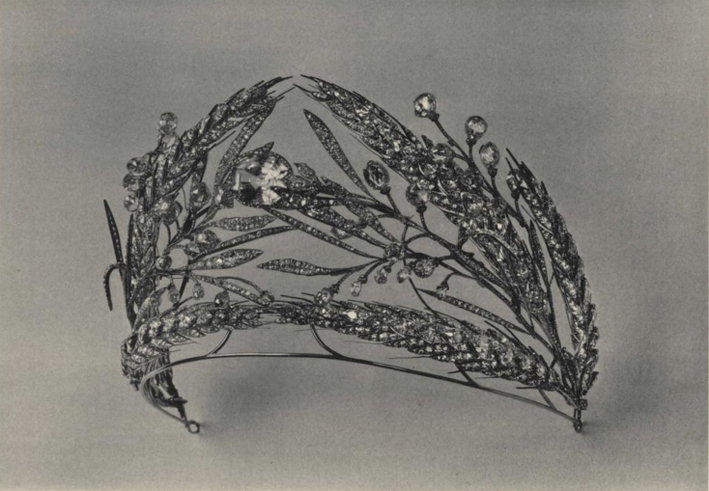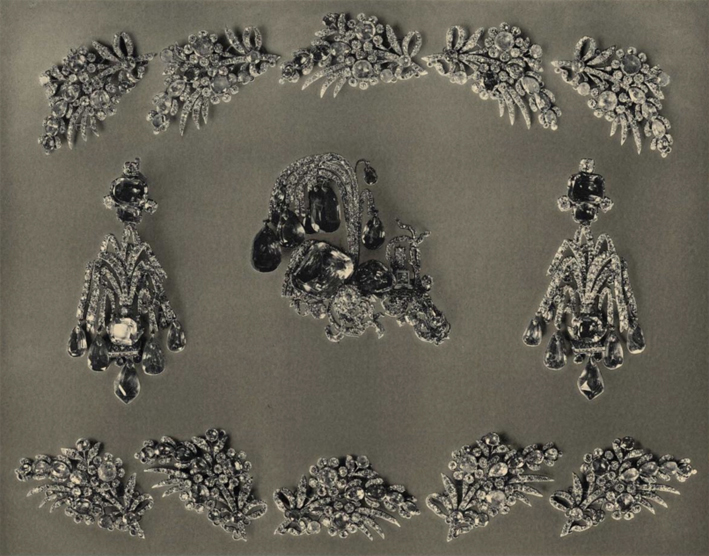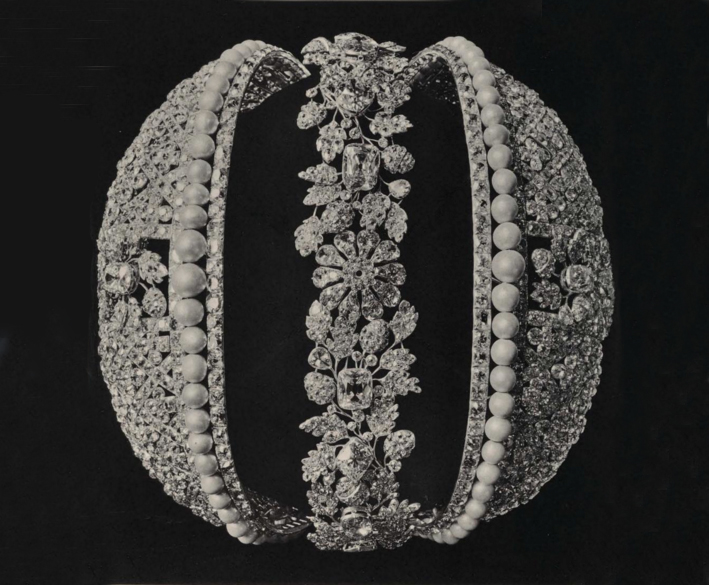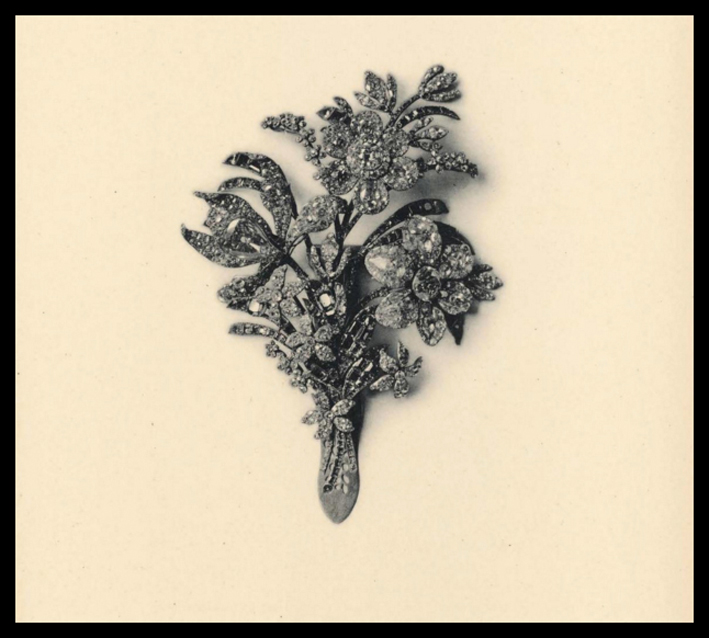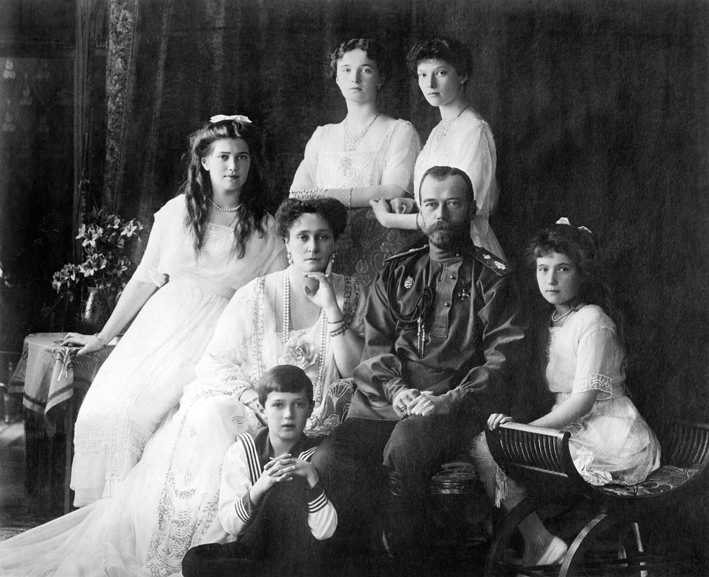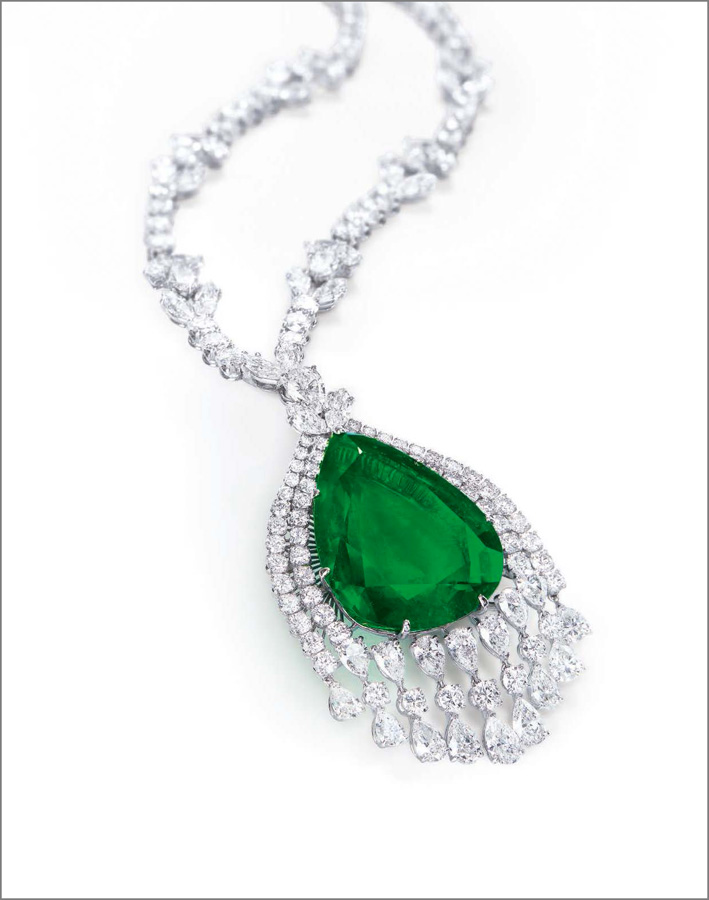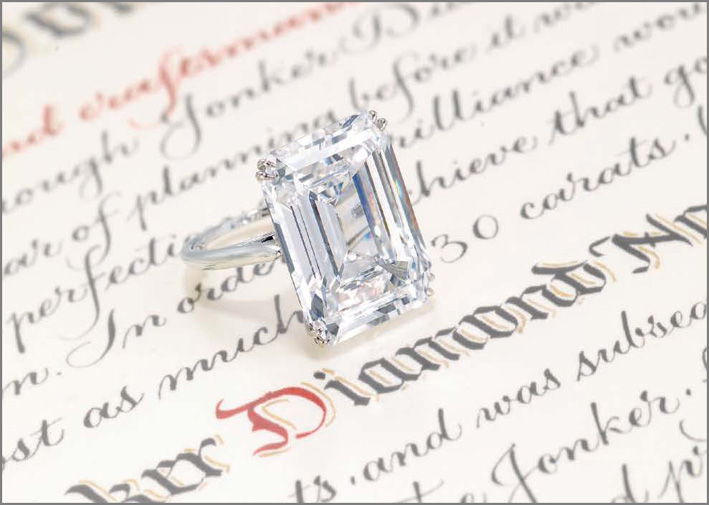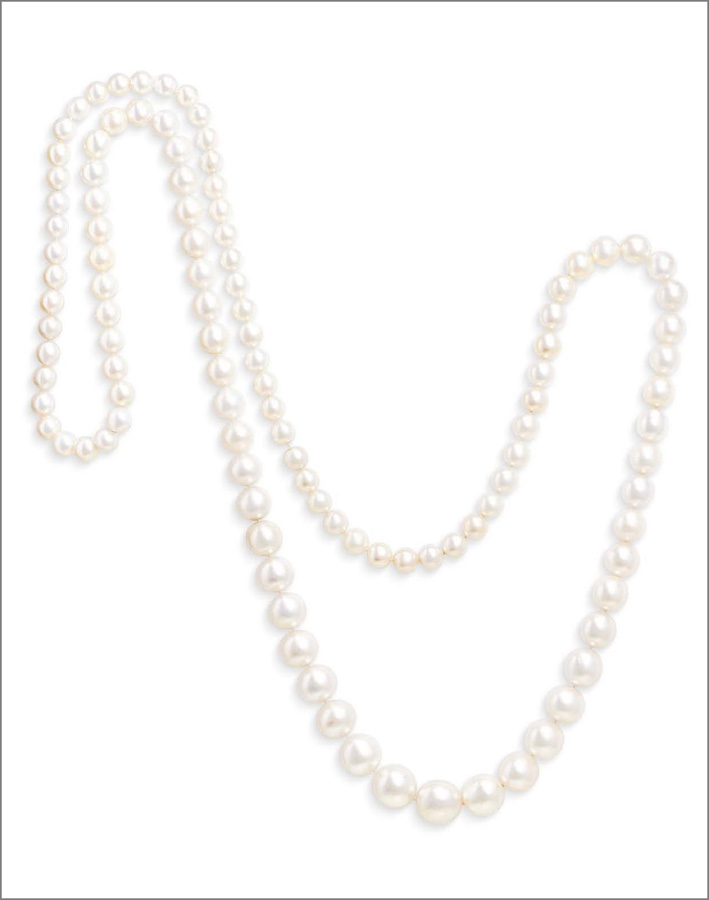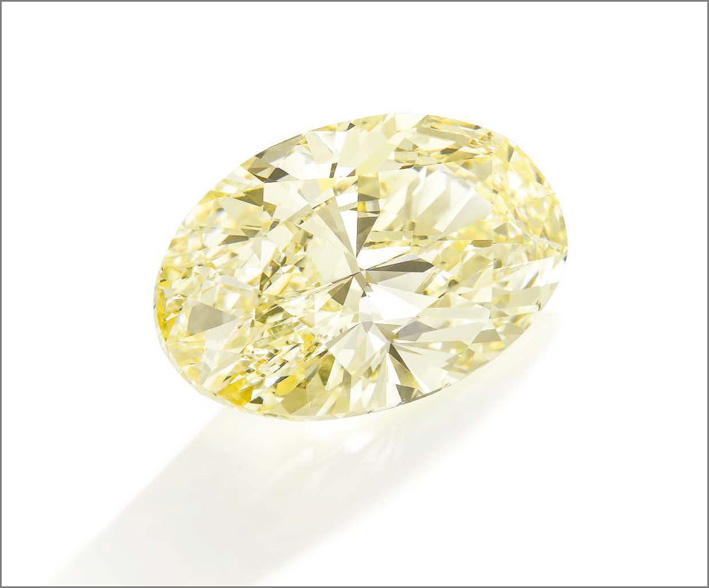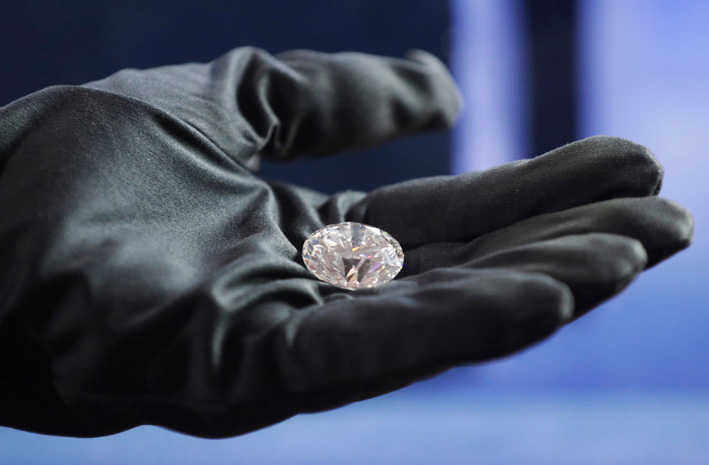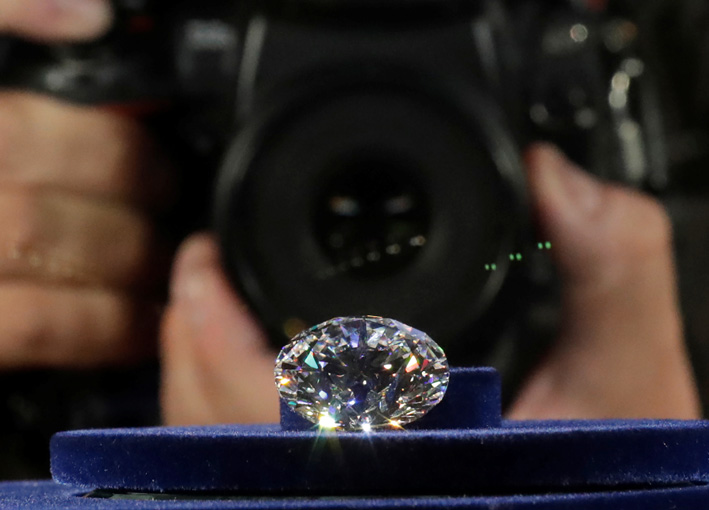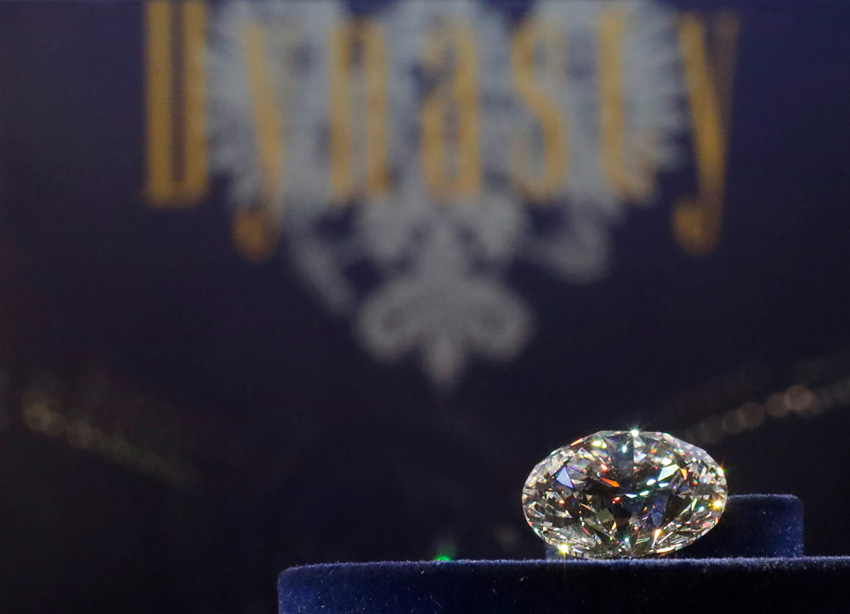The surprising works of a master of Russian jewelry: Alexey Pomelnikov ♦ ︎
Russia, for jewelry lovers, is almost a mystery: few goldsmiths are able to make themselves known in the West. Yet Fabergé’s heirs are there and have not forgotten the art of creating high-level jewels, those that combine the ability to work with precious stones and metals with imagination that can suggest pleasant and unusual shapes. It is part of this elite of masters Alexei Leonidovich Pomelnikov, owner and designer of the Jewelry Company of Alexey Pomelnikov of St. Petersburg. His biography tells of many hours spent in front of the works exhibited at the Hermitage, but also in other museums that collect the works of Russian history.
With this inspiration, by Pomelnikov is reinterpreting the classical canons of ancient masterpieces of art. As it is easy to guess by admiring the works of the jeweler of St. Petersburg, his pieces are produced in a limited number and are the result of a careful study of a large number of jewelry masterpieces of the late nineteenth – early twentieth century. In fact, at the time of the tsars, Russia was one of the trendsetters of European fashion. The company of Alexey Pomelnikov exists more than 20 years: the founder had given himself the task of renewing the traditions of Russian jewelry. He succeeded.

